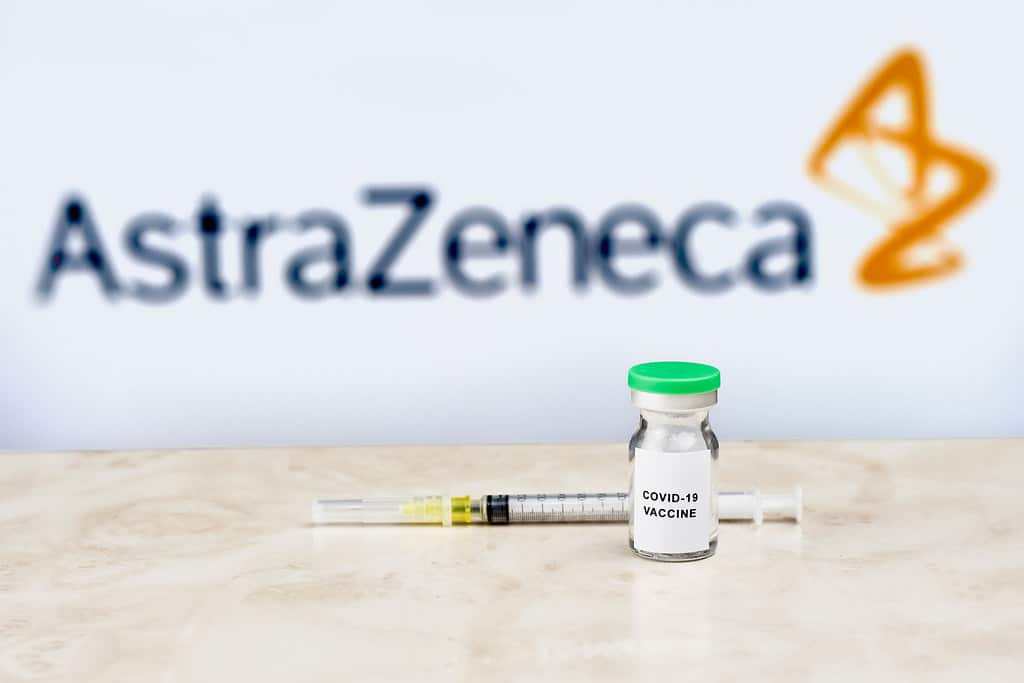
If you’ve ever tried to choke down a series of pills while laid up in a hospital bed, you know it can be inconvenient. Quebec’s IntelGenx has a solution for that and for a host of other ineffificiences related to current drug delivery methods. You’re probably already somewhat familiar with IntelGenx Quick Release Wafer Technology, it’s based upon the edible film technology used for breath enhancement strips. Convenience, however, isn’t the only reason Intelgenx is on the rise. Oral controlled-release drug delivery technologies have the ability to improve the performance of a wide variety of existing pharmaceutical compounds. Traditional drug tablets without controlled-release, blood levels of the drug tend to rise quickly after administration, reach a peak and then drop fairly rapidly, thus requiring frequent dosing. Side effects may also occur at the high peak blood levels experienced. Next up for Intelgenx is the building a product pipeline around the technology. Nick Waddell recently sat down with Horst Zerbe, President and CEO of Intelgenx.
Horst, how did you get involved in drug delivery? What attracted you to this area?
My journey into drug delivery began almost 30 years ago. Prior to founding IntelGenx, I served as the president of Smartrix Technologies Inc. in Montreal, and as Vice President of R&D at LTS Lohmann Therapy Systems in West Caldwell, NJ. It was while at LTS that I developed Listerine thin film strips as a novel breath freshener. That was a revolutionary product that has proven very successful for its current owner Pfizer. However, I always felt that there were bigger opportunities in putting pharmaceuticals on film, so in 2003 I formed IntelGenx to focus on pharmaceutical films and other oral drug delivery technologies. Drug delivery is a fast, affordable, and de-risked method for getting products to market. We work with FDA approved drugs where the existing delivery method is suboptimal. We optimize the delivery of the drug in one of our platforms, such as a film, and then confirm its safety and efficacy by conducting a Phase I (bioequivalency) study. We generally don’t have to invest in Phase II or Phase III efficacy studies, so we can develop a product and submit it to FDA for approximately 1/100th the cost of a new drug.

Are pharmaceutical films new? Have any been approved by the FDA?
We are one of only three or four companies actively working on pharmaceutical films, so it is definitely a new area of drug delivery. Films offer several advantages over other drug delivery methods, most notably faster onset of action, convenience, and improved bioavailability. Despite being new, we have seen some significant validation for pharmaceutical films both from Big Pharma and the FDA. Novartis has launched two over-the-counter thin films for the treatment of cough and cold in children, and earlier this year the FDA approved the first prescription pharmaceutical film for chemotherapy induced nausea and vomiting. So we clearly are at a very exciting time for pharmaceutical film development.
What pharmaceutical film products do you have in development?
We have a well diversified portfolio of pharmaceutical film products with large blockbuster potential and targeting a combined market in the tens of billions of dollars. We are currently working on film products for erectile dysfunction, migraine, insomnia, bipolar disorder, and pain management. Our erectile dysfunction and migraine products have already completed successful human studies, and another two studies will be completed in the near future.
Do you plan to partner these films?
Yes, our plan is to partner our film products. Generally we will complete a Phase I bioequivalency study on our own, and then initiate discussions with both development and/or commercial partners. We have successfully completed one development partnership for our migraine film, so that project is funded going forward. We are in active discussions currently with potential commercial partners for several of our other film projects.
Leave a Reply
You must be logged in to post a comment.




 Share
Share Tweet
Tweet Share
Share




Comment